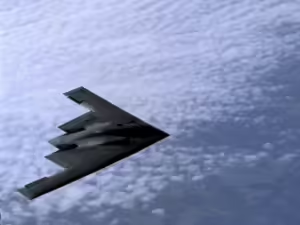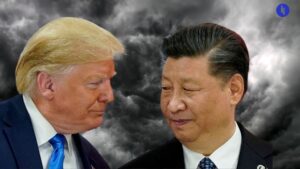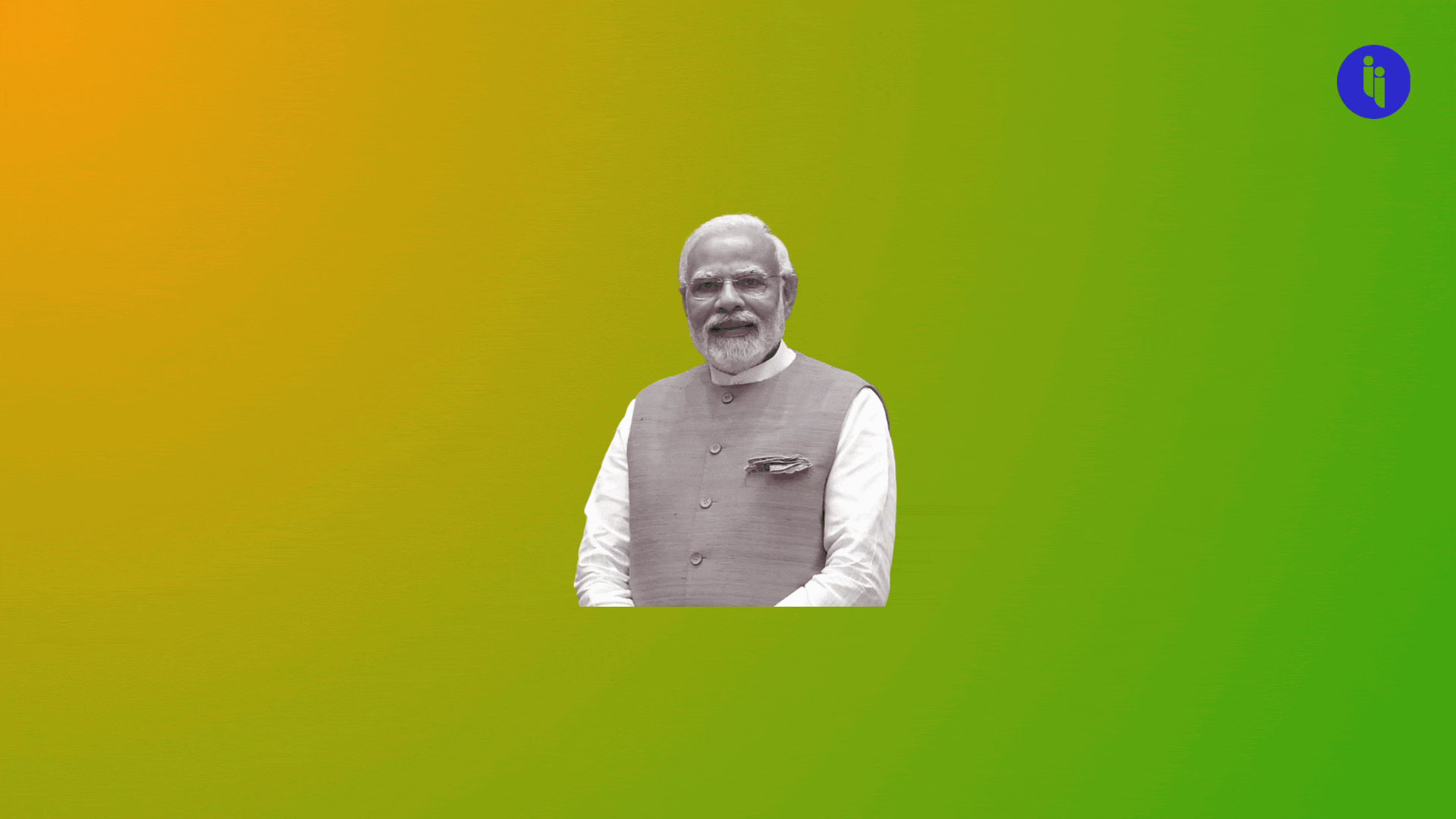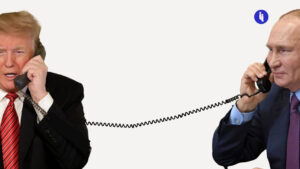Leaders from 26 opposition parties have agreed to form the ‘INDIA’ alliance to challenge Prime Minister Narendra Modi at India’s 2024 elections.
The name ‘INDIA’ stands for “Indian National Developmental Inclusive Alliance” (full marks for acronym excellence ✔️).
Just 15 parties agreed to unite at a previous meeting last month, so the idea of a unified opposition seems to be picking up steam.
Stay on top of your world from inside your inbox.
Subscribe for free today and receive way much more insights.
Trusted by 129,000+ subscribers
No spam. No noise. Unsubscribe any time.
But that doesn’t mean the job will be easy. Modi’s Bharatiya Janata Party (BJP) holds 301 out of 542 seats in India’s lower house (more than double the seats held by the ‘INDIA’ parties). Plus, leading opposition figure Rahul Gandhi might be barred from running.
Intrigue’s take: A united opposition clearly makes for a tougher opponent, but these kinds of mega-alliances don’t always get the job done:
- 🇮🇱 Israel’s anti-Bibi alliance dissolved a year after winning power, and
- 🇹🇷 Turkey’s anti-Erdogan alliance stumbled at the election.
So ‘INDIA’ might do well to learn from those experiences: if the only thing uniting your unity coalition is opposition, you might be in opposition a while longer.
Also worth noting:
- The 26 ‘INDIA’ parties signed a joint declaration, pledging to “safeguard the idea of India as enshrined in the Constitution”, which they say is being “methodically and menacingly undermined” by the BJP.
- Narendra Modi is considered the world’s most popular leader, with 77% of Indians approving of his leadership.
- Responding to ‘INDIA’, Modi dismissed the coalition parties as dynasties: “for them, their family is first, and the nation is nothing.”








